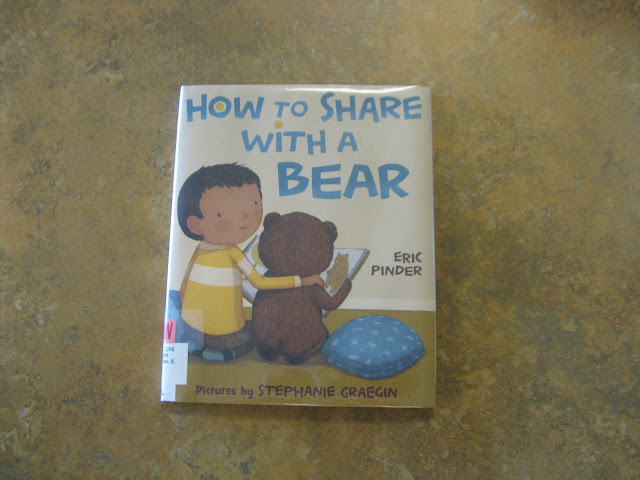 |
| If You Love Honey: Nature's Connections by Martha Sullivan / Illustrated by Cathy Morrison |
Plot Summary
The book provides a detailed overview of the complex ecosystem surrounding the production of honey linking bees to dandelions, ladybugs, goldenrod, butterflies, clover, soil, earthworms, mushrooms, oak trees, blue jays, and black berries.Critical Evaluation
The art is detailed and realistic, which given the book's status as nonfiction is useful: we get a real sense of what the subjects of the book look like.Sullivan shows how deeply interconnected seemingly heterogeneous elements of nature truly are.
The book feels as though it has a main text (in a larger and bolder typeface) that is sparse enough to make the book a candidate for a read aloud, and secondary informational text that explains the connections between item. The book loses a lot if the secondary text is excluded. But with the secondary text, teh book may feel a tad long for storytime. Takeaway: experiment.
Genre
Picture Book: nonfictionInformation About the Author
http://www.dawnpub.com/our-authorsillustrators/martha-sullivan/
Story Time Ideas
Honey & berry tasting; nature viewing



